 When preparing a vehicle for 4WD driving in winter conditions, there are several important steps to take. First and foremost, it is crucial to ensure that the vehicle’s tires are suitable for winter driving. This means using winter or all-terrain tires that have good tread depth and are designed to provide traction on icy and snowy surfaces. Additionally, it is advisable to carry tire chains or snow socks in case of extremely slippery conditions. It is also important to check the tire pressure regularly, as cold temperatures can cause it to drop. Maintaining the correct tire pressure is essential for optimal performance and safety on winter roads.
When preparing a vehicle for 4WD driving in winter conditions, there are several important steps to take. First and foremost, it is crucial to ensure that the vehicle’s tires are suitable for winter driving. This means using winter or all-terrain tires that have good tread depth and are designed to provide traction on icy and snowy surfaces. Additionally, it is advisable to carry tire chains or snow socks in case of extremely slippery conditions. It is also important to check the tire pressure regularly, as cold temperatures can cause it to drop. Maintaining the correct tire pressure is essential for optimal performance and safety on winter roads.
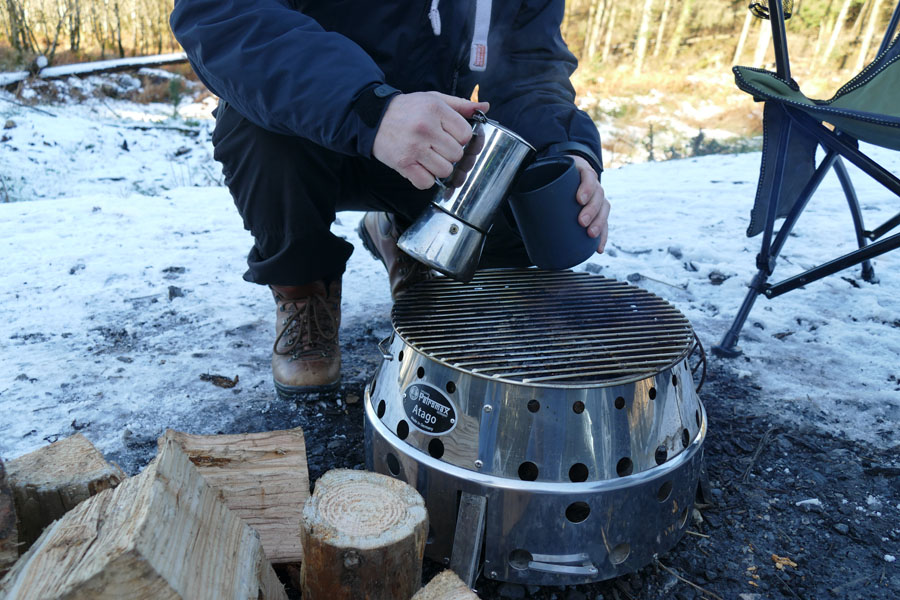
Furthermore, it is important to prepare the vehicle’s cooling system for winter conditions. This includes checking the level and concentration of antifreeze or coolant to prevent the engine from freezing or overheating. It is recommended to use a coolant that is suitable for extremely low temperatures. Inspecting the radiator, hoses, and belts for any signs of wear or damage is also advisable. Keeping the vehicle’s heating system in good working order is essential for comfort during winter driving. Regularly checking and replacing the cabin air filter, if necessary, will help ensure efficient heating and defrosting.
Lastly, it is crucial to carry a winter emergency kit in the vehicle when embarking on 4WD driving adventures in winter conditions. This kit should include essentials such as a shovel, tow strap, flashlight, extra warm clothing, blankets, non-perishable food, water, a first aid kit, and a fully charged mobile phone. It is also advisable to carry a portable air compressor to adjust tire pressures if needed. Being prepared for unexpected situations and having the necessary equipment can make a significant difference in ensuring a safe and enjoyable winter 4WD driving experience.Another crucial aspect of preparing a vehicle for winter 4WD driving is checking the vehicle’s battery. Cold temperatures can significantly reduce the battery’s capacity, so it is important to ensure that the battery is in good condition and fully charged. This will help prevent any unexpected breakdowns or starting issues in cold weather. Additionally, it is advisable to carry jumper cables or a portable battery booster pack in case of a dead battery. Regularly inspecting the vehicle’s electrical system, including the alternator and starter, is also recommended to avoid any potential issues during winter driving.
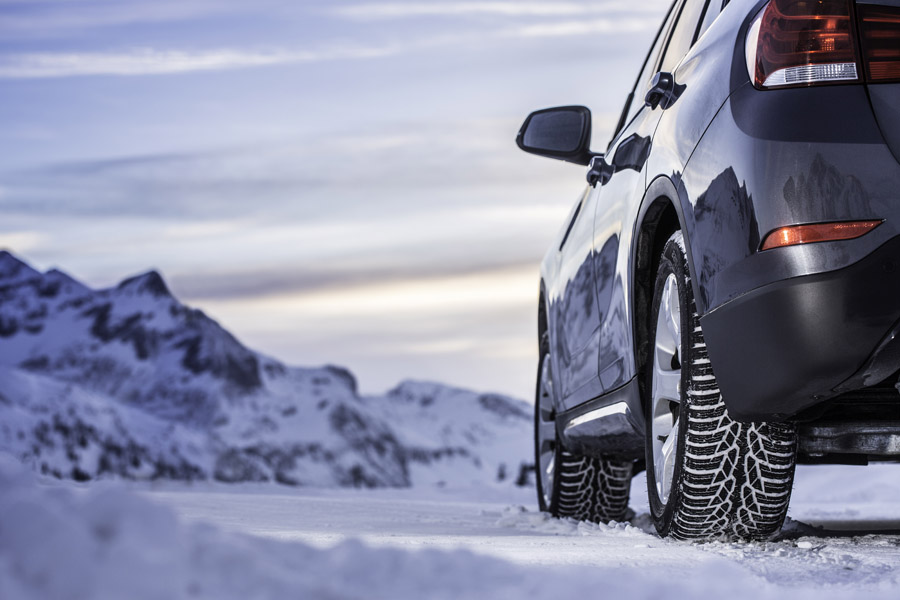
One trick for enjoying winter camping is to pack the right gear. Make sure to bring warm clothing, including thermal layers, insulated jackets, and waterproof outerwear. Additionally, pack a good quality sleeping bag rated for cold temperatures, a warm hat, gloves, and extra socks. It’s also important to have a reliable tent that can withstand winter conditions, as well as a sturdy camping stove for cooking hot meals. Don’t forget to bring a shovel and ice scraper to clear snow and ice from your campsite and vehicle.
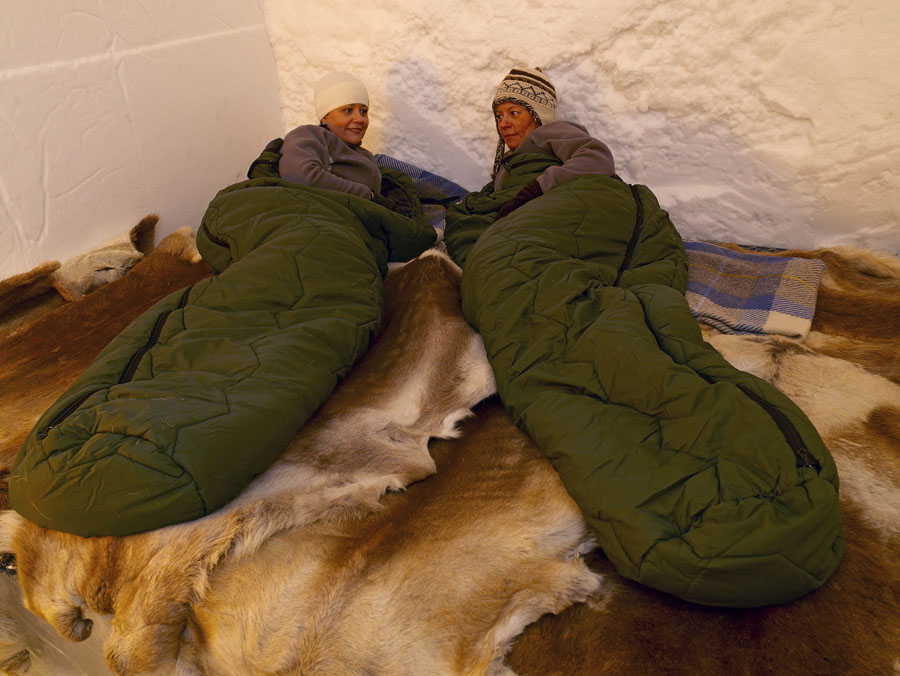
When setting up your rooftop tent for winter camping, it is crucial to find a level and stable spot to park your vehicle. This will not only provide a comfortable sleeping surface but also prevent any potential accidents or damage to your tent. Clear the area of any snow or ice and use leveling blocks or ramps if necessary. It is also advisable to position your tent in a way that maximizes sunlight exposure during the day, as this can help melt any accumulated snow and ice on the tent.
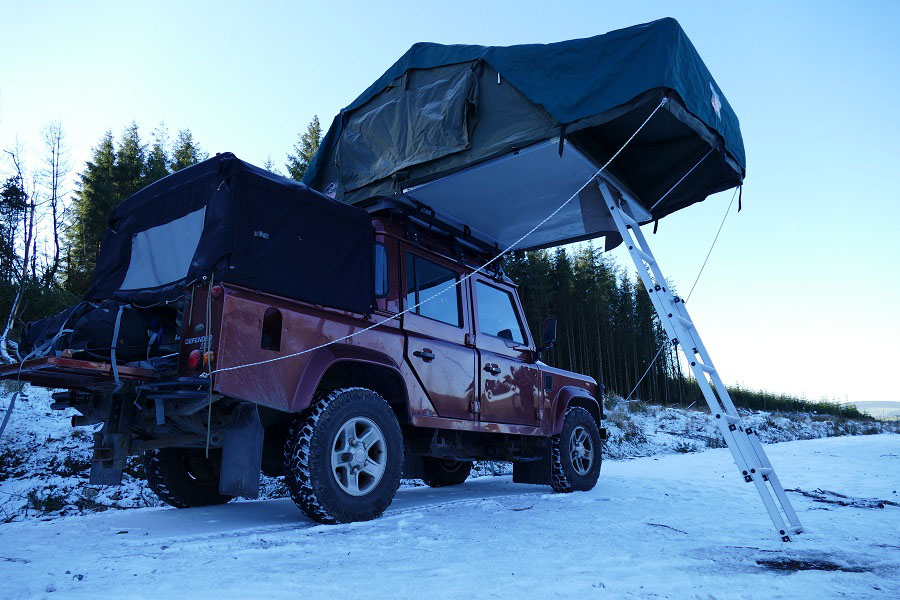 In order to minimize condensation inside your rooftop tent, it is important to ventilate properly. Condensation can build up quickly in cold weather, leading to a damp and uncomfortable sleeping environment. Open the windows or vents slightly to allow for airflow and reduce moisture buildup. It is also advisable to use a moisture-absorbing product, such as silica gel packets, inside the tent to help absorb excess moisture.Another tip is to choose the right camping spot. Look for a location that offers some protection from the wind, such as a grove of trees or a natural windbreak. Avoid camping near bodies of water, as they tend to be colder and more prone to condensation. It’s also a good idea to set up camp on higher ground to avoid potential flooding or melting snow. Before setting up your tent, clear the area of any snow or ice to create a flat and stable surface.
In order to minimize condensation inside your rooftop tent, it is important to ventilate properly. Condensation can build up quickly in cold weather, leading to a damp and uncomfortable sleeping environment. Open the windows or vents slightly to allow for airflow and reduce moisture buildup. It is also advisable to use a moisture-absorbing product, such as silica gel packets, inside the tent to help absorb excess moisture.Another tip is to choose the right camping spot. Look for a location that offers some protection from the wind, such as a grove of trees or a natural windbreak. Avoid camping near bodies of water, as they tend to be colder and more prone to condensation. It’s also a good idea to set up camp on higher ground to avoid potential flooding or melting snow. Before setting up your tent, clear the area of any snow or ice to create a flat and stable surface.
Lastly, be prepared for unexpected weather changes and have a backup plan. Winter conditions can be unpredictable, so it is important to have a plan in case of extreme weather or emergencies. Carry extra food, water, and emergency supplies in case you get stranded or stuck. Stay updated on weather forecasts and road conditions before embarking on your winter camping adventur
By following these tips, you can have a successful and enjoyable winter camping experience in a rooftop tent. Remember to prioritize safety, stay warm, and embrace the beauty of winter while exploring the great outdoors.e. Always prioritize safety and be prepared to adjust your plans accordingly.

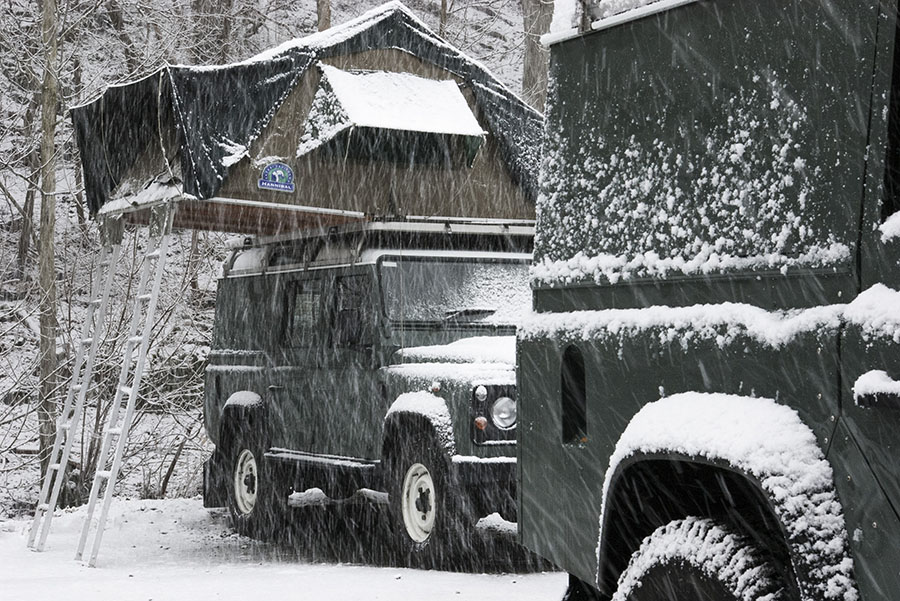

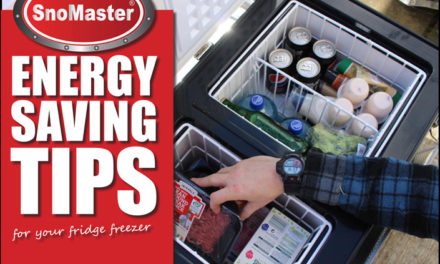
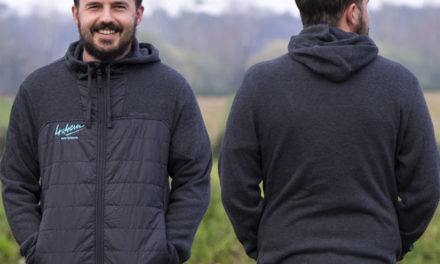



Recent Comments